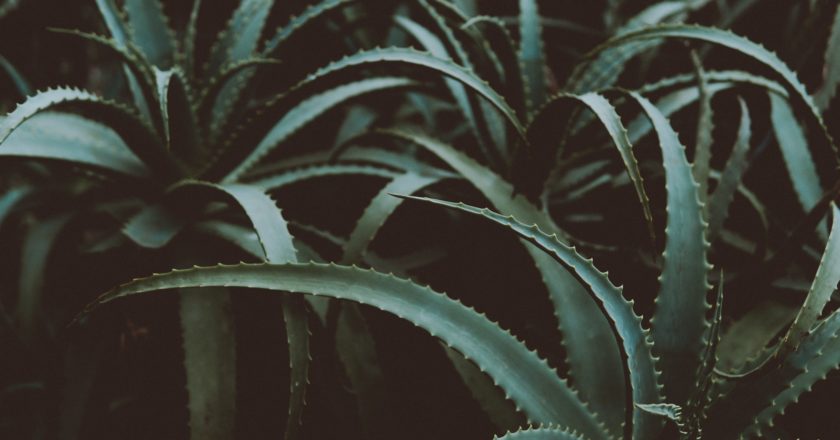“Indigo Children” or “Indigos” are the terms used for children and youngsters born between 1995 and 2004. These terms were first used by Nancy Ann Tappe, a teacher and counselor, who studied the human auric field. Through colors in the aura, she instituted a shockingly accurate and revealing way to psychologically profile a person using her new auric color method. What she noticed was also that 80 percent of the children born after 1995 had a new deep blue colored auric field, called in fact “indigo”.
Humbug or science?
The concept of indigo children then gained popular interest with the publication of a series of books and movies in the late 1990s and the following decade. A variety of material has been created surrounding belief in the idea of indigo children and their nature and abilities, which varies from their being the next stage in human evolution, possessing paranormal abilities, to the belief that they are more empathetic and creative than their peers.
Do some soul searching
So in the common imaginary an indigo child is a gifted soul, on a clear mission to challenge and shift reality, an highly driven and creative person with a perception that sees through the established norms of society. Old souls indeed, their mission is clearly to shake up the modern world and pave the way for future generations to create greater peace and harmony for all. If you wonder if you might be of this distinct soul lineage, here are a few traits which may feel familiar:
- You feel entitled. You were born feeling special and you know it.
- You are destined to be here. You are confident, even arrogant at times.
- You have high expectations of yourself and others. This can make for a challenging relationships and interactions. You see only the best and expect others to live up to it. Toward yourself, you can be unrelentingly self critical.
- You are perceptive, you see the world differently. You often think your way is right and are offended if others cannot see, much less take action, on your point of view.
- You question authority, often rebellious and critical of those in power.
- You want to overturn the man. Difficult and rigid systems seem foolish to you and you often become antagonistic to what others experience as normal.
- You are creative, musically and/or artistically talented.
- You are a change maker, you are a magnificent leader, offering better methods of business, society and ways of being.
- You are a lost soul. You feel out of place with others as you recognize you are different than most people. You can tend toward being a loner or rebel, unwilling to compromise just to fit in.
- You are driven. As the indigo soul mission is encoded in your very being, you are unwilling to back down from confronting what feels out of integrity.
- You are passionate and focused. You are not one to be still or in silence.
- You are highly psychic. This gives you an advantage in reading others with ease and seeing through masks.
- You feel often frustrated, especially with society and others who are not shifting quickly enough. Patience is something that should be developed.
Keep an open but critical mind
Many people criticize the indigo child concept as being one that can be misused by parents seeking to make their children look special, particularly if they have special needs. Others claim that signs of being an indigo child are so vague they can apply to anyone.
From my personal point of view, I am kind of in the middle. I like to think that people born in a certain era or time period have similar potentials, aims, powers and characteristics, and maybe they are part of the same group of souls which hopefully will bring human beings to a brighter future, following the path of empowerment, improvement and abundance.
But generalising everyone under the category of “indigos” or “rainbow children” or something else is a bit too simple and dry-hippie. But I do believe that there are some common traits that these souls share, which they are here to teach us, as all other souls, for the better of our societies.
I hope I have given you some material to think about, and if you wish just contact me to share your ideas or give me a feedback!


